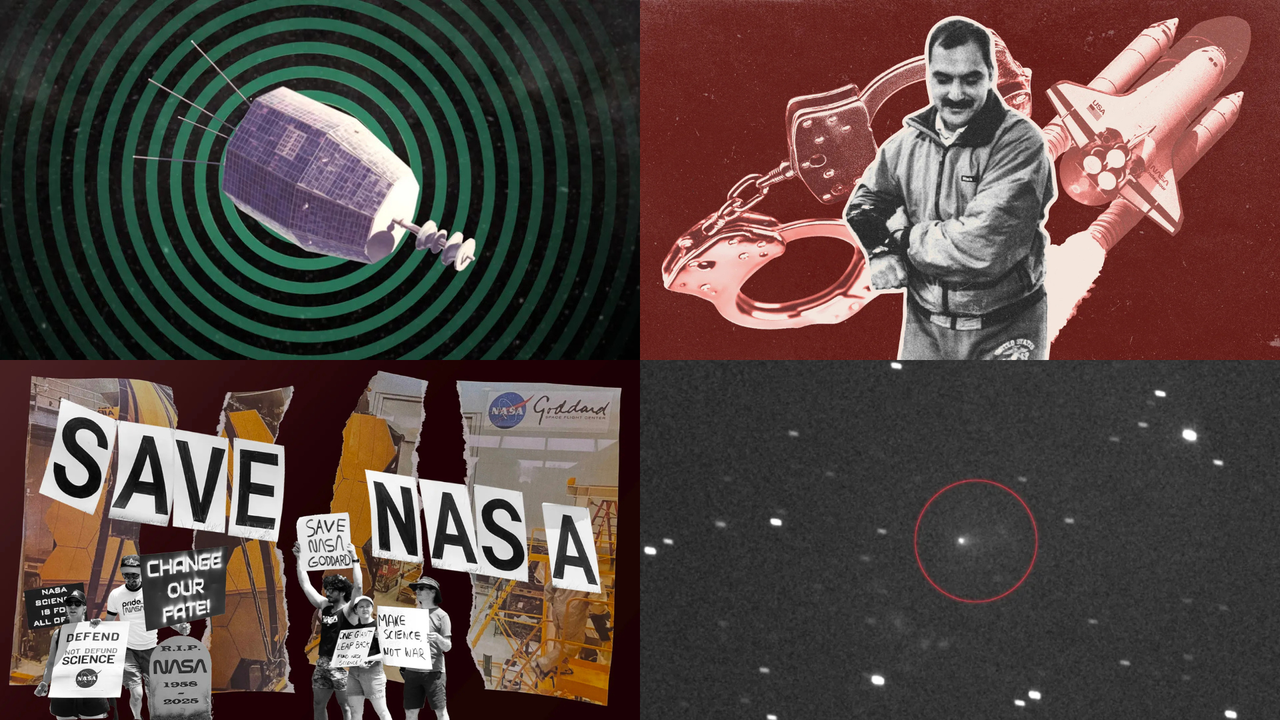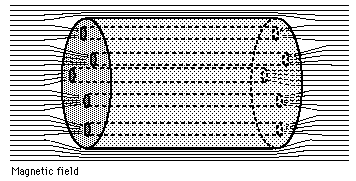Black holes do not exist in binary companion stars, nor at the centers of galaxies. NuSTAR findings are proving that unseen black holes are a collective pulsar phenomena, being powered by electromagnetic charged superfluid plasmoid cores near galaxy centers, and not wrong modeled neutral superfluid bàsed gravity neutron stars.
M82 X-2 near the galaxy center was accidently discovered to be an intense pulsar, by a first time collaborative attempt mission involving two other telescope teams that studied data from the new highly enhanced NuSTAR.
NuSTAR space telescope
All known ULX's are in binary star accretion systems, and so named "medium sized black holes." All were irrefutably accepted in black hole theory to be fact, until now..
M82 X-2 near the galaxy center was accidently discovered to be an intense pulsar, by a first time collaborative attempt mission involving two other telescope teams that studied data from the new highly enhanced NuSTAR.
NuSTAR space telescope
All known ULX's are in binary star accretion systems, and so named "medium sized black holes." All were irrefutably accepted in black hole theory to be fact, until now..
"We took it for granted that the powerful ULXs must be massive black holes", said lead researcher Matteo Bachetti.
Fiona Harrison states: "The pulsar appears to be eating the equivalent of a black hole diet." "It has all the power of a black hole, but with much less mass." "We at NuSTAR all thought that an object with so much energy had to be a black hole." "Now that NuSTAR has shown that this ULX is a pulsar, many other known ULXs may in fact be pulsars as well. Everybody had assumed all of these sources were black holes, now they have to go back to the drawing board and decide what is really true."
All ULXs will be found to be intense pulsars, in future NuSTAR studies. Gravity star models and scientists like Walton cannot explain the extreme violation of Eddington's limit being over 100 times the X-ray luminosity, except by proposing accreting material infalls along magnetic field lines.
Research-team-stumbles-upon-brightest-pulsar-recorded
"We've never seen a pulsar even close to being this bright", says Walton. " We don't know how this happens."
Nature paper: "An Ultraluminous X-ray Source Powered in Unknown Way Besides a Black Hole"
NuSTAR has only detected intense pulsars, and never any theoretical unseen black holes
NuSTAR photo of an intense pulsar discovered in 2013 emitting X-rays.
NuSTAR photo of IC 342 in 2013 shows two bright X-ray regions that were purported in the story to be ULX black hole sources. These can be re-examined like all other ULX's and proven to be pulsars.
NuSTAR photo of nearby neighbor supernova Cassiopeia A. Cassiopeia A has been proven to have a charged superfluid core that superconducts friction free electricity like in plasma labs.
Double layer plasma pulsar torus that scales to galaxy torus sizes.
A correct new pulsar model by Mauro can recreate the AMS data for positron excess, and refute foolish big-bang dogmatic collaborators using dark matter.
NuSTAR photo of an intense pulsar discovered in 2013 emitting X-rays.
NuSTAR photo of IC 342 in 2013 shows two bright X-ray regions that were purported in the story to be ULX black hole sources. These can be re-examined like all other ULX's and proven to be pulsars.
NuSTAR photo of nearby neighbor supernova Cassiopeia A. Cassiopeia A has been proven to have a charged superfluid core that superconducts friction free electricity like in plasma labs.
Interacting charged superfluid plasmoids or "pulsars" collectively comprise the galaxy's double layered torus. Future NuSTAR tests will explain away phony black holes like the milky way's X-ray source SGR A.
The circumnuclear disk of the X-ray source Sagittarius A near the milky way's center.A correct new pulsar model by Mauro can recreate the AMS data for positron excess, and refute foolish big-bang dogmatic collaborators using dark matter.
Modern day Big-bang believing scientists have been using telescopes to detect X-rays hoping to find Einstein's anciently predicted black holes, just like ancient water witching dousers used forked sticks hoping to find water wells. Both methods are pseudoscience.
Original sources:Research-team-stumbles-upon-brightest-pulsar-recorded


































No comments:
Post a Comment